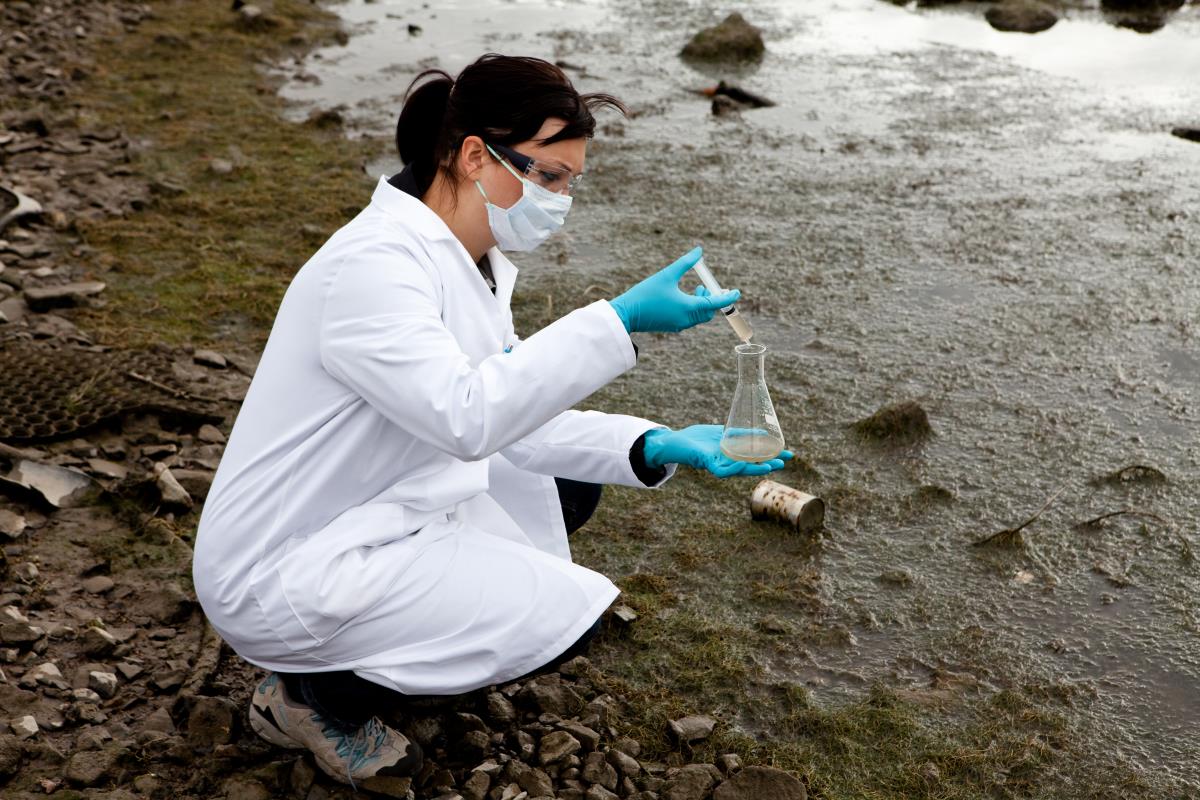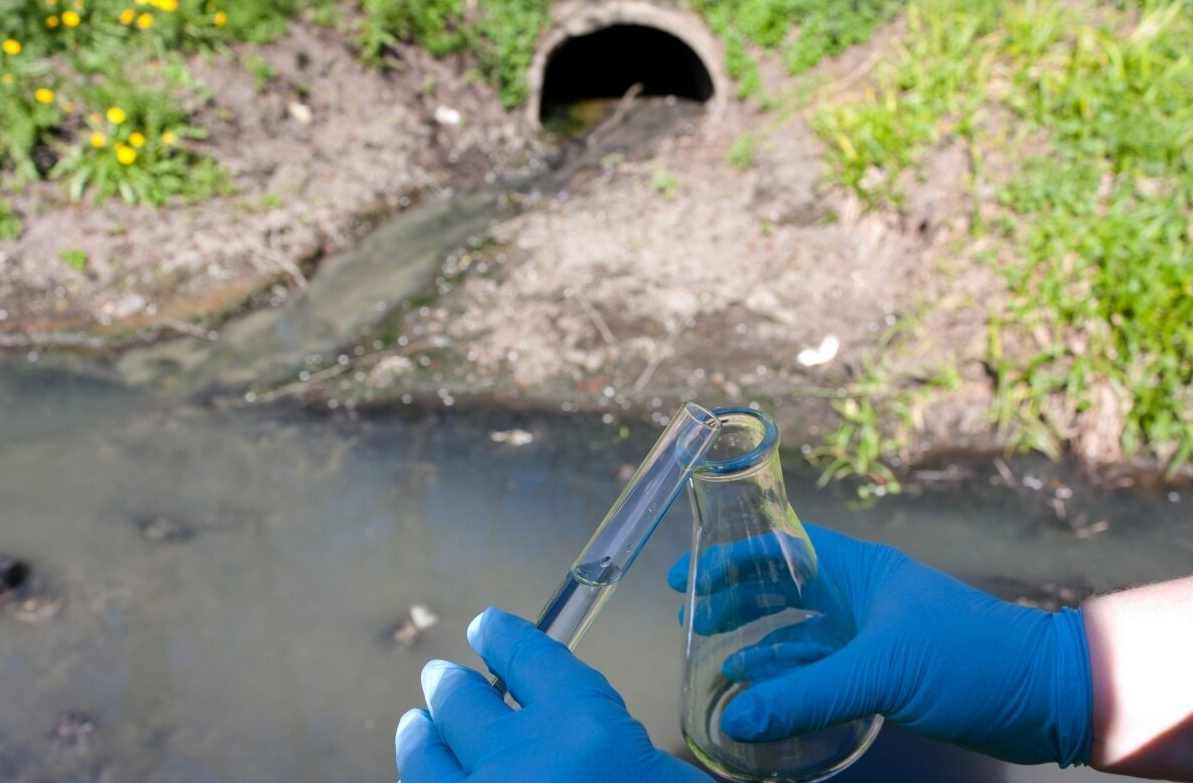Water pollution incidents are mainly divided into long-term illegal discharge and accidental leakage. Among them, sudden water pollution incidents cause the greatest damage to the water ecological environment, especially the leakage of some toxic and harmful chemicals. Therefore, after a sudden water pollution incident, how to quickly identify the type and concentration of pollutants through on-site sampling is also crucial for the subsequent disposal work.
In the daily emergency detection and sampling of sudden water pollution accidents, it is generally divided into two parts: accident site detection and tracking detection.

On-site inspection and sampling
1. Sampling for on-site inspection is generally based on the accident site and its vicinity. Sampling points are distributed and sampling frequency is determined according to the specific situation of the site and the characteristics of the polluted water body. For the detection of rivers, samples should be taken at the accident site and its downstream points, and at the same time, control samples should be collected upstream of the accident site. The sampling points of the lake (reservoir) shall be arranged with the accident site as the center, and the sampling points shall be distributed in fan-shaped or circular-shaped points at certain intervals according to the water flow direction, and control samples shall be collected at the same time.
2. The location of the accident should be clearly marked, and if necessary, on-site video and photos should be taken.
3. Parallel double samples should be taken on site, one for rapid on-site measurement and the other for return to laboratory for measurement. Simultaneously collect substrate samples from contaminated sites, if necessary.

Tracking Detection Sampling
After the pollutant enters the water body, its concentration will gradually decrease with dilution, diffusion and sedimentation. In order to grasp the pollution degree, scope and changing trend, after the accident, it is often necessary to carry out continuous tracking and detection until the water environment returns to normal.
1. The tracking and detection of river pollution should be based on the nature and quantity of pollutants and the hydrological elements of the river, etc., set up several sampling sections along the river section, and set up obvious signs at the sampling points. The sampling frequency is determined according to the severity of the accident.
2. Tracking and testing of lake (reservoir) pollution should be based on specific conditions, but sampling points must be set up at the water outlet and drinking water intake. Since the water body of the lake (reservoir) is relatively stable, sampling from different water layers should be considered. The sampling frequency shall not be less than twice a day.
3. Draw the location map of the accident site, mark the sampling points, record the time of occurrence, the cause of the accident, the duration of the accident, the sampling time, as well as the sensory description of the water body, possible pollutants, sampling personnel and other matters.



